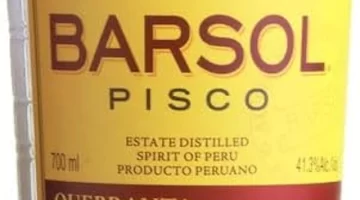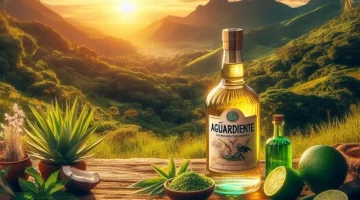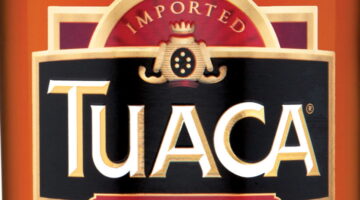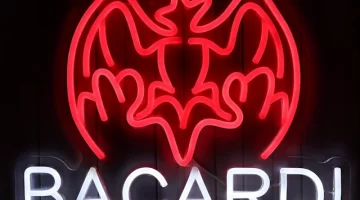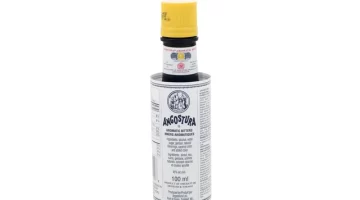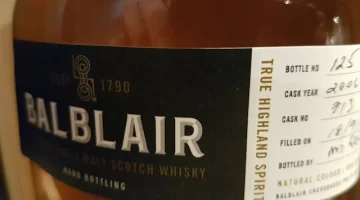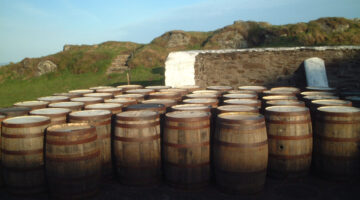Abelha Organic Cachaca Review
Abelha Organic Cachaca reviewed by Travel Distilled, with an explanation of what Brazilian cachaca is and how it differs from rum.
Cachaça is Brazil’s national spirit, and although it is one of the most-consumed spirits in the world (there are about 40,000 distilleries producing it in Brazil), it’s much less well-known internationally.
Outside Brazil the main way cachaça is drunk is in a Caipirinha cocktail – which is also Brazil’s national cocktail. They drink it that way in Brazil, too, but also drink it neat or on the rocks, especially the aged versions.
What is Cachaça?
To start with what it is not, it is not Brazilian rum. Cachaça predates the making of rum in the Caribbean by at least 100 years. It is made from fermented sugarcane juice, as some rums are, so it does bear some similarities, but it is a drink in a category all of its own.
See our full page on What is Cachaca?
Its history goes back to 1532, when Portuguese explorers brought sugarcane and pot stills from the Portuguese island of Madeira to Brazil. They started to distil spirits, just as they had on Madeira, producing something they called aguardente, or aguardiente, which translates more or less as firewater. Cachaça is the Brazilian evolvement of aguardiente, a word still used in many countries as a generic term for any distilled spirit.
The second ‘c’ in cachaça has a cedilla accent under it, which softens the sound, so the word is pronounced ‘ka-sha-sah’.
How is Cachaça Produced?
It’s in the production process that the taste of cachaça starts to veer from rum. Most rum is made from molasses, or if sugarcane is used then it is usually processed first. If you compare an unaged white cachaça to a similar unaged white rum, the cachaça will probably taste fresher, lighter and more herbal, the rum will probably be a little heavier, thicker and sweeter.
The types of Cachaça that you get do have similarities with spirits like rum and tequila. The clear, unaged cachaças are either white or silver, while the aged ones (usually up to three years) are either yellow or gold, depending on the depth of colour. There are cachaças that have been aged for up to fifteen years, producing super-premium spirits.

Ageing Cachaça
Although a lot of cachaça is sold unaged and clear, mainly for use in cocktails, it’s with the aged cachaças that the differences with rum grow even wider. Rum is traditionally aged in oak barrels, although these days of course distillers are experimenting and using ex-tequila or even ex-wine barrels. Cachaça is aged using a range of woods from Brazilian trees, including the national tree of Brazil, the ipê tree. Each tree brings its own distinct aromas and flavours to the spirit, making cachaça even lighter and more aromatic than the average rum. That’s not to say that cachaça is better or worse than rum, it’s just very different.
Abelha Organic Cachaça Review
Now that we’ve had our Cachaça 101 course, what about this Abelha Organic Cachaça? It’s a gold cachaça, a lovely straw/gold colour, from having been aged in Brazilian ash barrels for three years. It’s produced in the state of Bahia with the sugarcane being sourced from several small, local, organic farmers. It’s distilled in small batches in pot stills.
On the nose it’s incredibly smooth, with some honey and floral scents, and some lemon and lime citrus notes too. Interestingly, there are some flowers and a bee on the label, both of which must influence the sugarcane and hence the aromas and flavours.
In the mouth it’s very different from what the nose leads you to expect. Contrasting the sweet honey and flowery tastes, there’s a slight sourness too, in a pleasing way. It’s also less smooth and more fiery. This Abelha Organic Cachaça is 39% ABV, which is quite modest by cachaça standards. When sold commercially the spirit is typically about 38%-48% ABV, though it can be made at anything up to 60% ABV, depending on the distiller’s wishes. As you can see, the production of cachaça is not strictly regulated but is governed more by tradition.
The finish is also fiery, strong without being rough and burning. The honey sweetness is still there, for an intriguing mix of sweet and sour. Although fiery, this is still a quality spirit better suited for sipping, although the makers say you can use it in cocktails, or drink it neat with a drop of honey in it.
Buying Abelha Organic Cachaça
This review is of the gold version, but both silver and gold styles of Abelha Organic Cachaça are available for international purchase from Master of Malt. In the UK it is also available from Amazon, and in the US from Caskers and from Curiada.
Buying Abelha Organic Cachaça
This review is of the gold version, but both silver and gold styles of Abelha Organic Cachaça are available for international purchase from Master of Malt. In the UK it is also available from Amazon, and in the US from Caskers and from Curiada.



